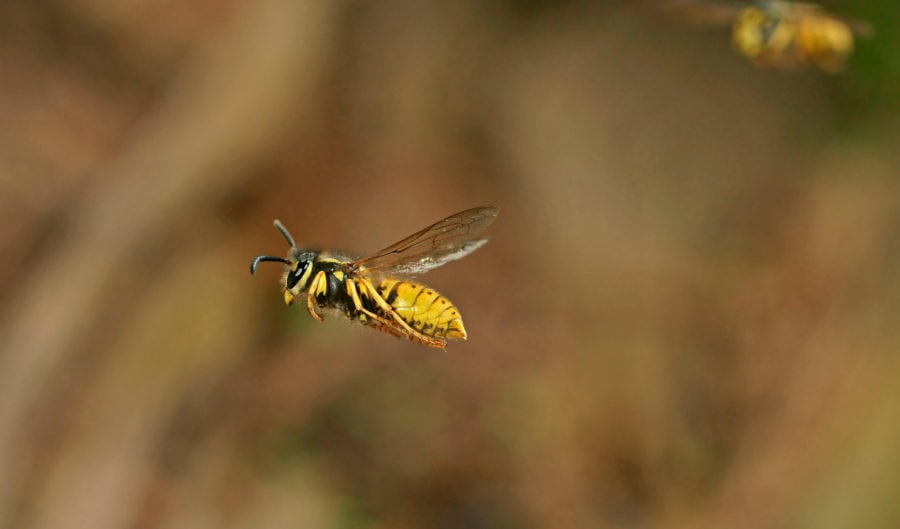
The invasive wasp that decapitates flies and bullies dingoes
You’ve heard about the murder hornets in the USA but what about Australia’s own aggressive wasp?

You’ve heard about the murder hornets in the USA but what about Australia’s own aggressive wasp?
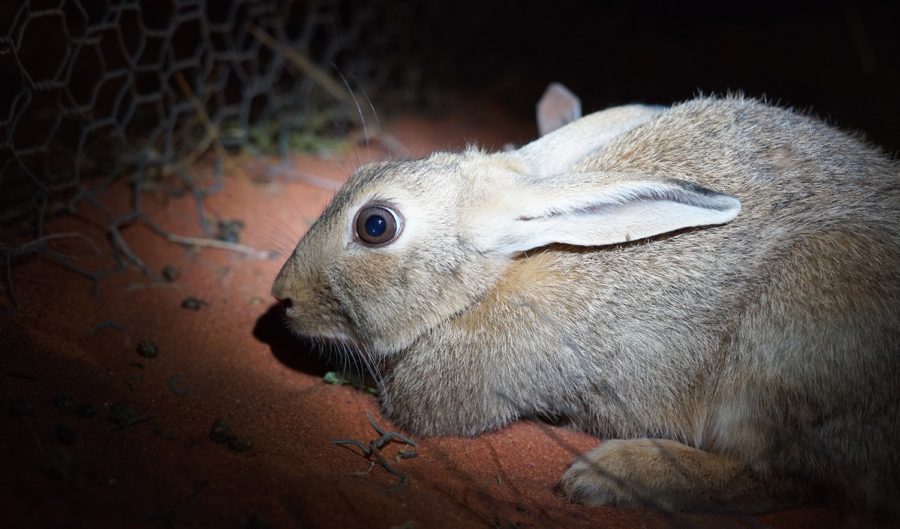
Surprised? Rabbits have come in at number one according to a new report on the worst invasive species.

A six year project to rid the Island of African big-headed ants has been successful.
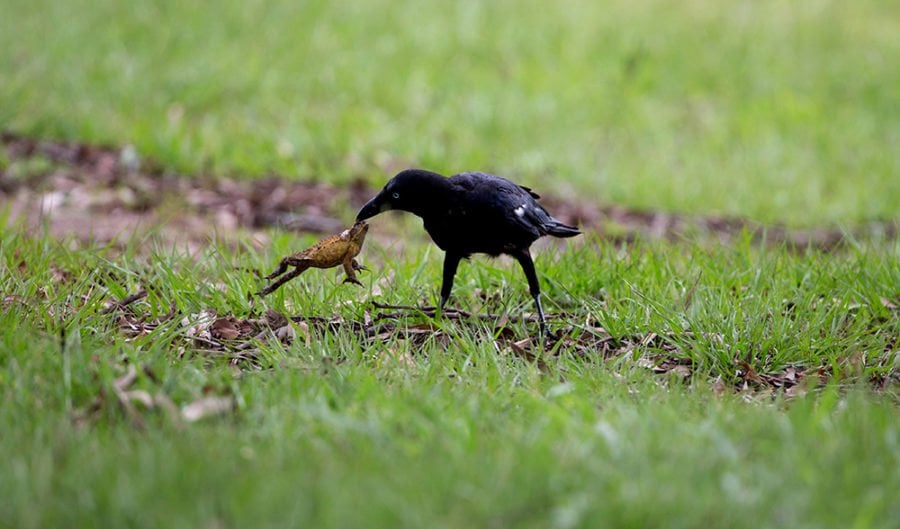
Earlier this year, photographer Steve Wilson captured the moment a pair of crows made a meal of a cane toad. As this highly poisonous amphibian disperses across northern Australia, the numbers of predators attempting to eat them are crashing. The most notable victims are quolls, goannas and certain snakes, which have been all but wiped out in some regions. Crows, however, have learnt how to eat toads by avoiding the most toxic parts.
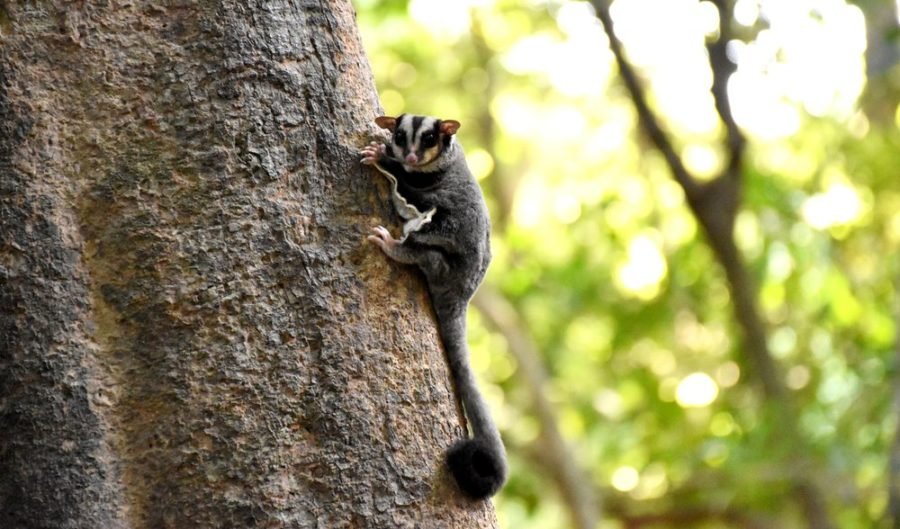
Sugar gliders are the main predator of some of Tasmania’s most endangered birds, including the imperilled swift parrot.

Cane toads, rabbits, lantana…the destruction caused by introduced species to Australian shores is well known. But what about the impact of our natives overseas? Biologist Tim Low journeyed around the world to see just how damaging our flora and fauna have been to other ecosystems.
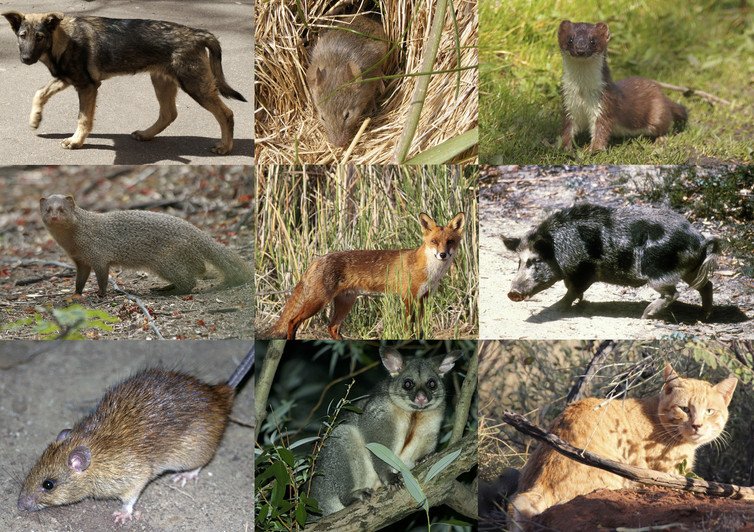
Gene drives aim to deliberately spread bad genes when invasive species such as mice reproduce.
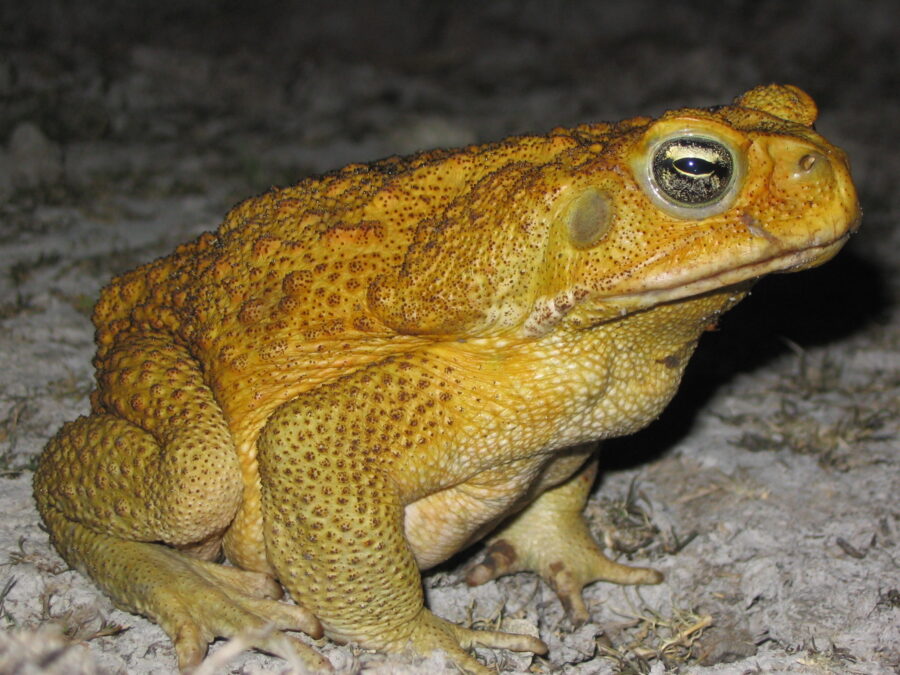
Scientists say in the future cane toads will be relatively common and widespread.
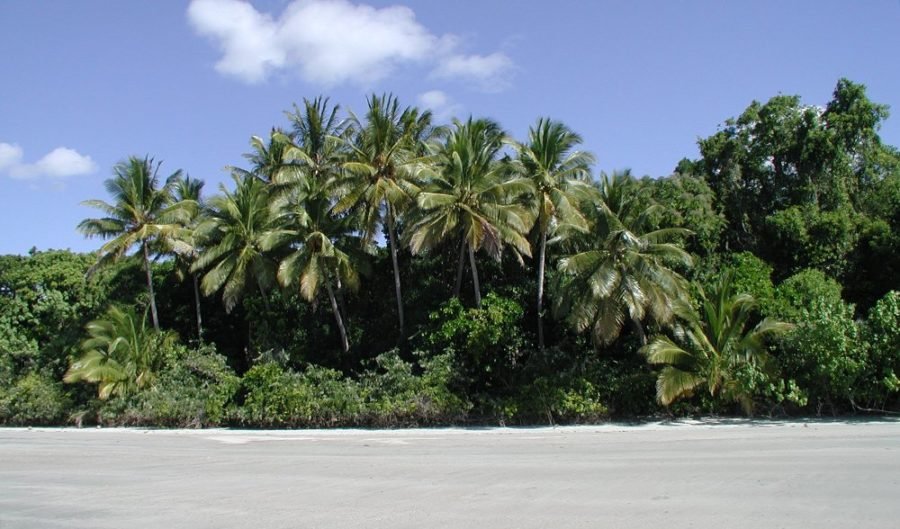
They may look romantic, but coconut palms are an invasive weed that needs to be kept in check.